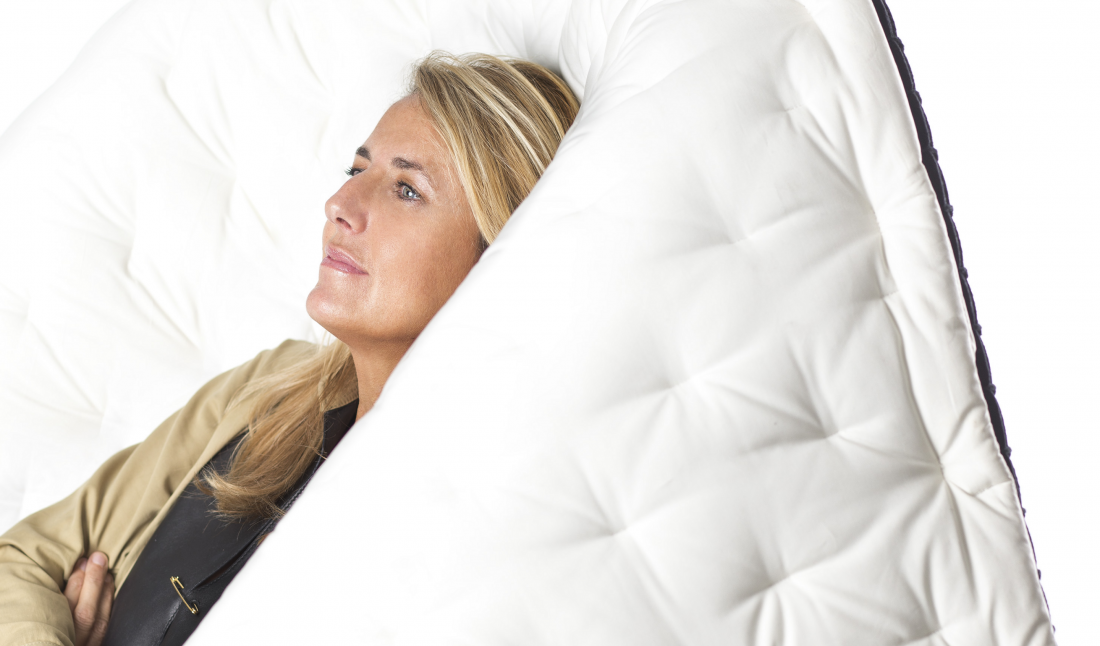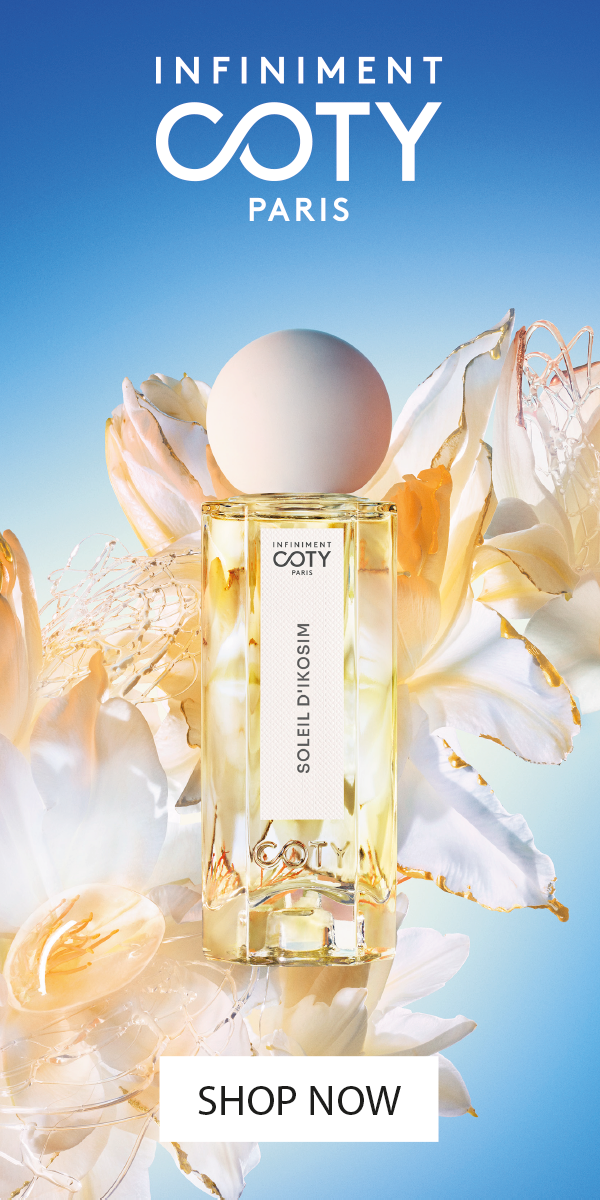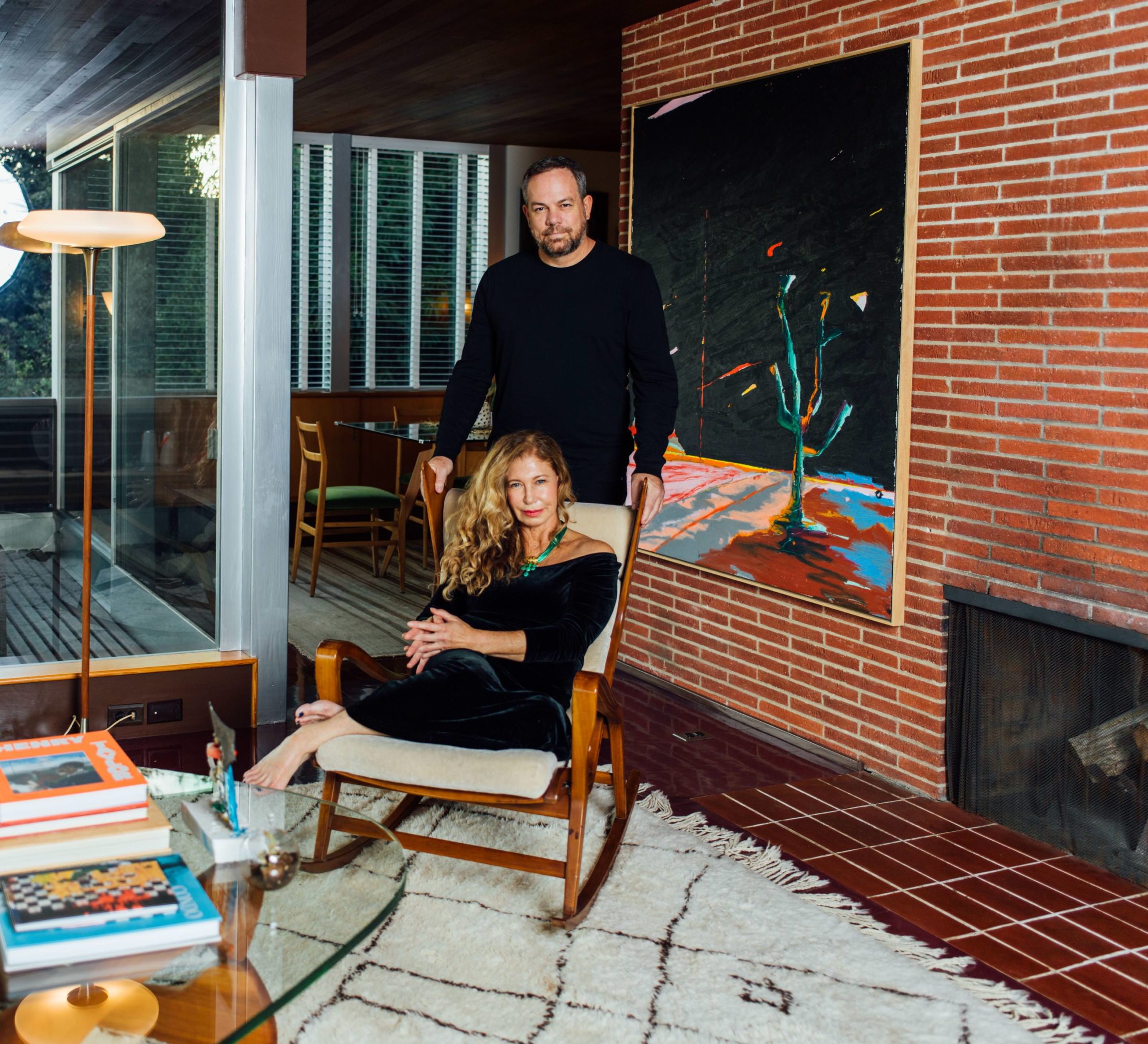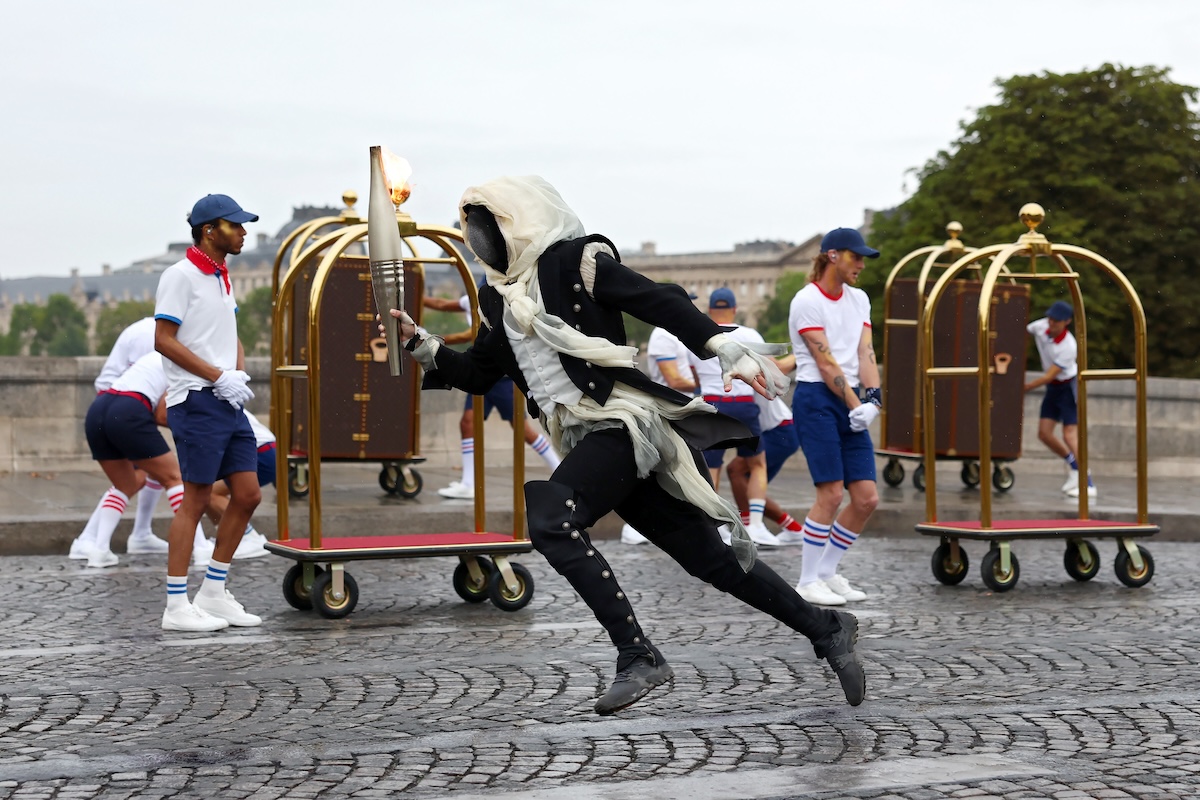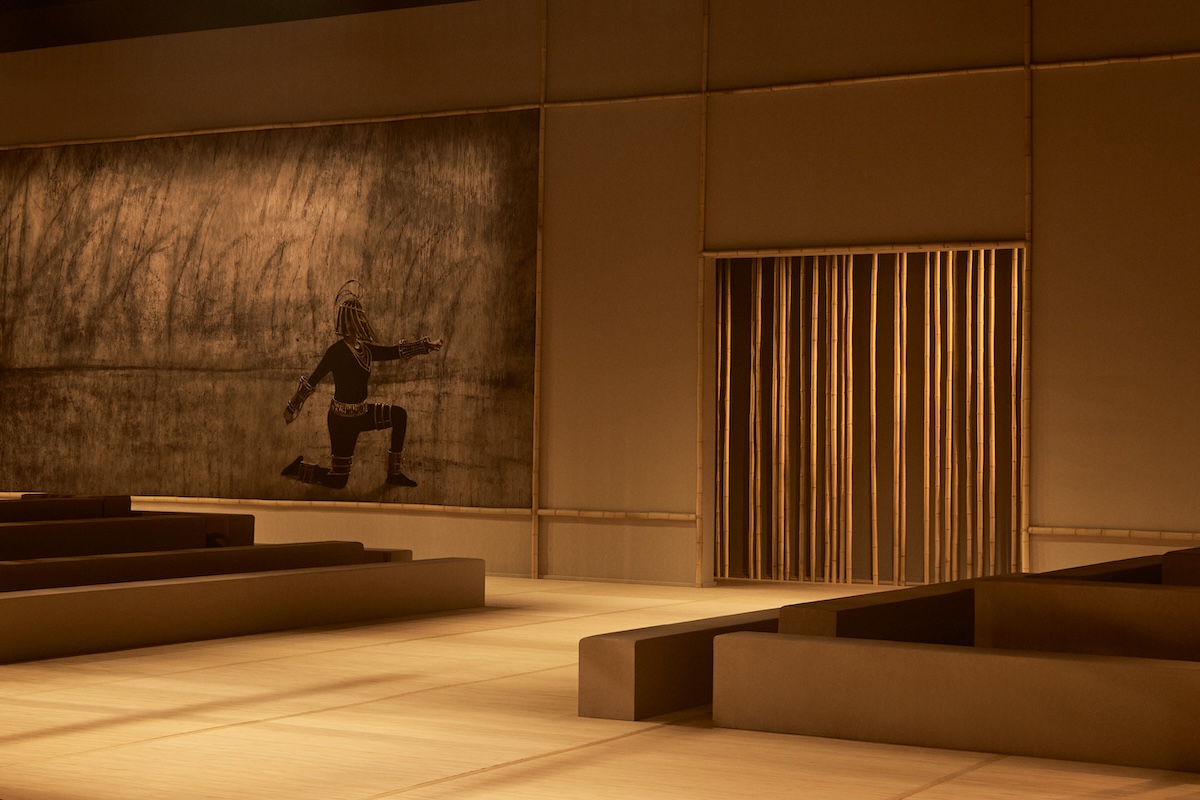Patricia Urquiola has assumed many roles in her career. Born in Spain, she studied architecture in Madrid and Milan, going on to work with De Padova and Vico Magistretti before founding her own studio in 2001. She’s been named the Designer of the Decade and Designer of the Year by many publications and has been recognized for retail, hospitality, and private architectural projects, as well as design products for top companies like Moroso, Kartell, Louis Vuitton, B&B Italia, and more. And most recently, she assumed the role of creative director of a longtime collaborator, Cassina.
Urquiola doesn’t shy away from color, shape, or materials. Her vision for the design world feels optimistic, which makes for a good match within Cassina, a company that is celebrating its 90th anniversary this year. Cassina was one of the major players behind the industrial design movement of the 1950s in Italy, working with names like Charlotte Perriand, Frank Lloyd Wright, Le Corbusier, Charles Rennie Mackintosh, and others now referred to as “Maestris” in-house. Later, they produced furniture with designers such as Zaha Hadid, Piero Lissoni, Jean-Marie Massaud, Philippe Starck, and Urquiola herself.
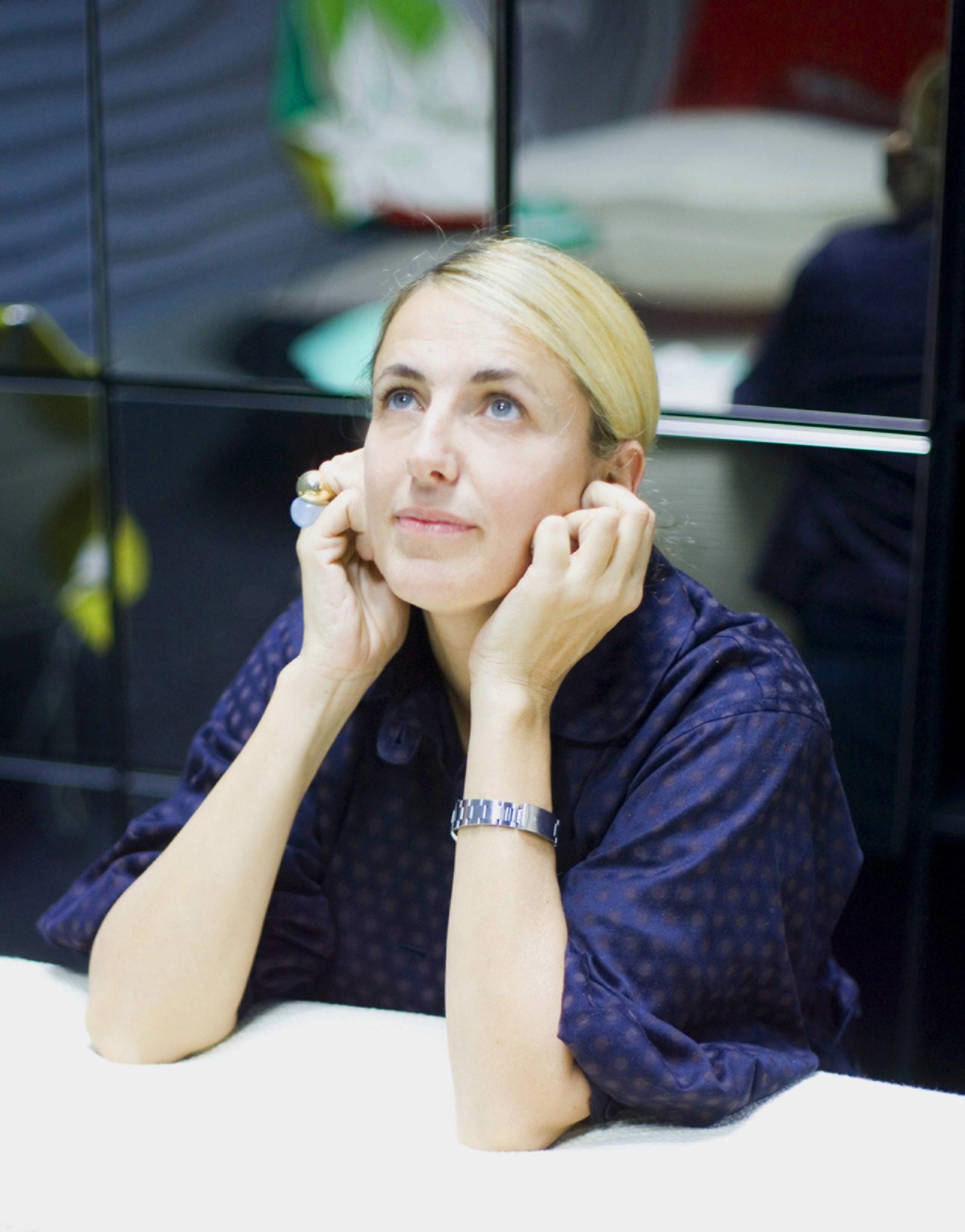 Photo by Alessandro Paderni
Photo by Alessandro Paderni
As creative director, Urquiola is looking to harness her forward-thinking voice, but also to bring Cassina’s weighty heritage into the 21st century. Just after Salone del Mobile this spring, Whitewall spoke with Urquiola about the anniversary installation “Cassina 9.0,” bringing in new designers like Ronan and Erwan Bouroullec, and what’s next after 90.
WHITEWALL: How would you describe your role as Creative Director at Cassina?
 “This Will Be The Place” for Cassina
“This Will Be The Place” for Cassina
PATRICIA URQUIOLA: I am very honored to be doing this kind of role in this company at this moment of my career. For a long time I’d been working in between many companies, with many ideas, and I’ve done a lot of research. I connected with so many people, clients, and attitudes to understand a design project. Today, with that experience, I approach this role with a quite open mind.
The role now of designers is moving away from solving company briefs and offering a proposal. There are new ways of working in design, aiming to be connected as a society in new ways. I always say I’m not a big lover of the term “creative director.” We have to redefine even the term! I’m discussing lots of “whys,” and trying to rethink materials, methods, and the ongoing relationships with and the possibilities of new designers. And I’m thinking about how to link that all to the heritage of Cassina, which is very strong. It’s a company with around 600 pieces in their archives and with 90 years of real history of design.
 “This Will Be The Place” for Cassina
“This Will Be The Place” for Cassina
I’m always trying to speak to the historical memory of the company but with a fresh air and with the new research, new proposals. There are a lot of things to do! And it’s making me grow. It is helping me look at even my personal profession from another point of view, and enlarge the attitude of what I think design is.
WW: Can you tell us about the “Cassina 9.0” installation you debuted in Milan during Salone del Mobile at the Fondazione Giangiacomo Feltrinelli for the company’s 90th anniversary?
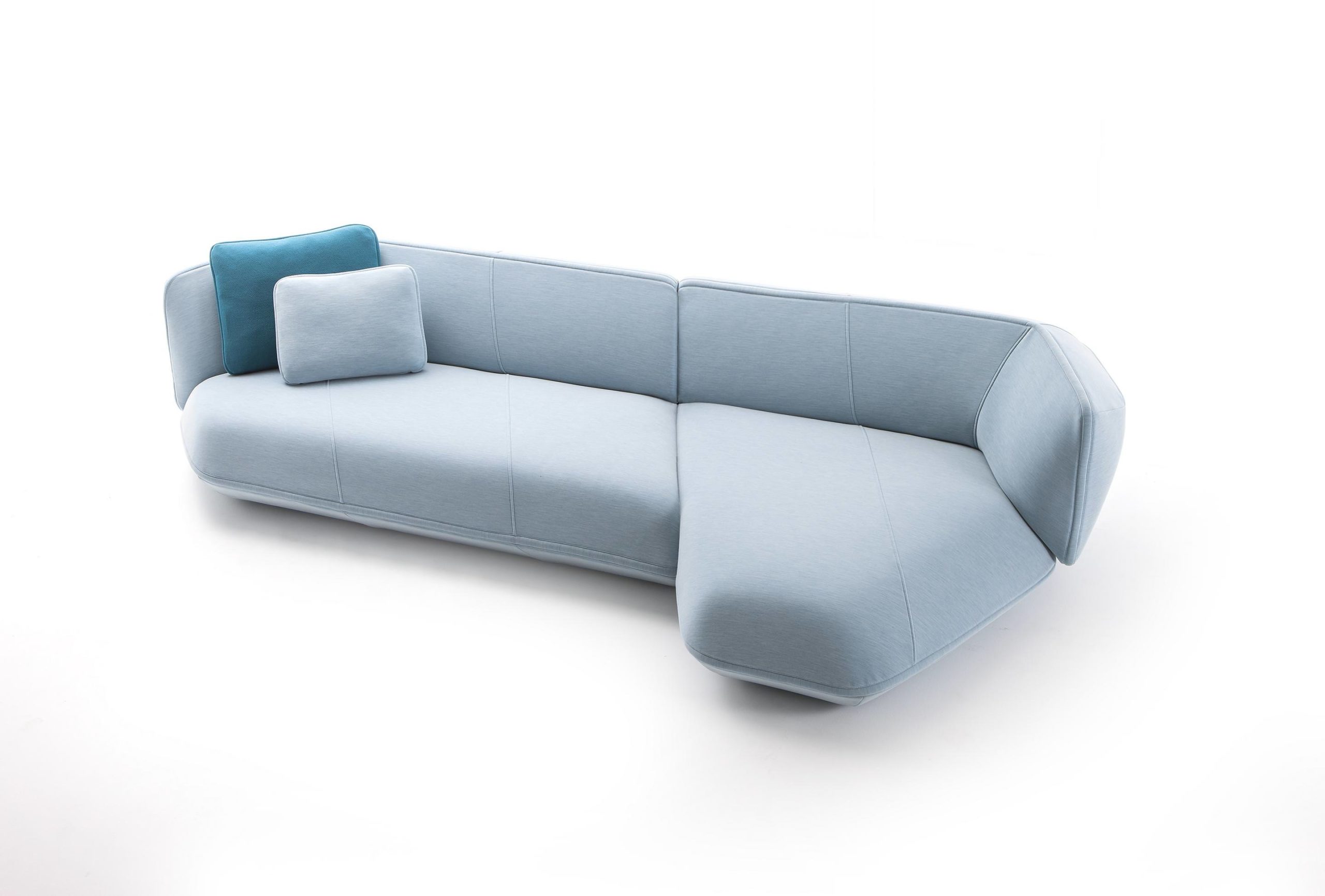 Patricia Urquiola’s Floe Insel for Cassina
Patricia Urquiola’s Floe Insel for Cassina
PU: When Cassina celebrated 80 years, they had a big dinner, and a retrospective book and an exhibition. So I said, “We cannot do something identical this time.” And when you get to 90, it sounds a bit old, so I said, “We’re going to do an exhibition which is going to be ‘Cassina 9.0,’” a metaphor for the digital world. The idea was how to approach to the future, and we did a book that was not historical, This Will Be the Place, edited by Felix Burrichter and published by Rizzoli. The installation was very fresh, in some ways even ironic, thinking about both the digital and analog sides of life. I hope people enjoyed its new attitude and cultural approach to what a company could be.
WW: What else do you have planned for this big year at Cassina?
 “This Will Be The Place” for Cassina
“This Will Be The Place” for Cassina
PU: We’ll also be communicating what we are doing with five new showrooms, to create a new language for the company. And we want to create a committee of people to investigate the archives in relation to the foundation, seeing how we can approach it a more modern way, not only internally.
And I want to do more activities that can connect to young people throughout the world in a social way. I would really like to start something novel, not a museum, but several pop-ups, like a lab. It would be a social lab, which would in some way contain the archives, but not as a museum—in another way. We’re trying to break our rules, and there is plenty of energy.
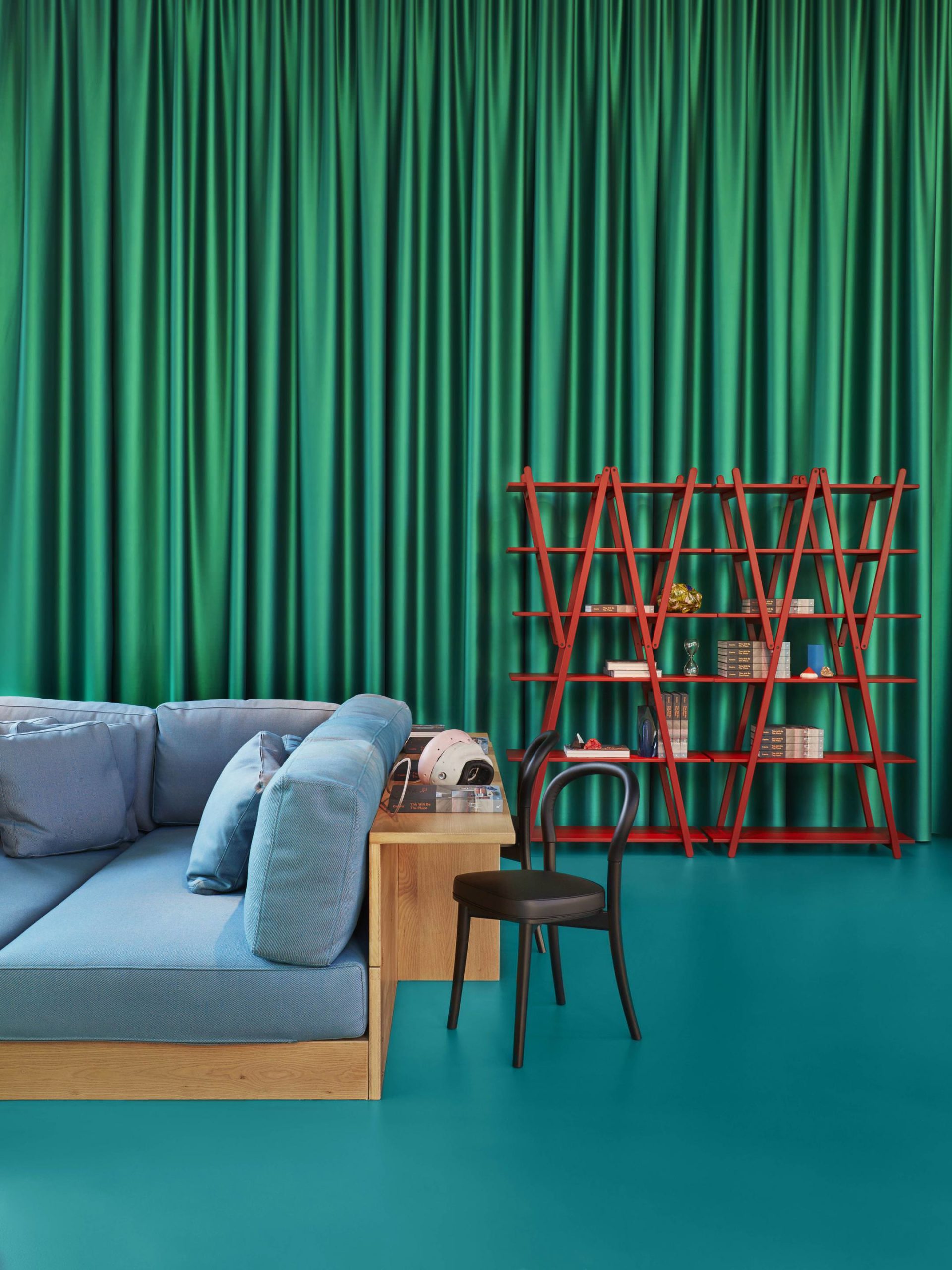 Installation view of “Cassina 9.0”
Installation view of “Cassina 9.0”
WW: We loved the Floe Insel sofa you debuted at Salone del Mobile with Cassina this year. We read that it was inspired by a trip of yours to Iceland and Greenland. Can you tell us about that? I imagine your travels must be a continuous source of inspiration.
PU: We are lovers of art, cinema, theater, architecture, design, and I normally travel with Alberto [Zontone], my husband and partner. That helps a lot because we always have extra time to go to a museum or to see something. Then, business is not the only purpose of our travel; it’s part of it.
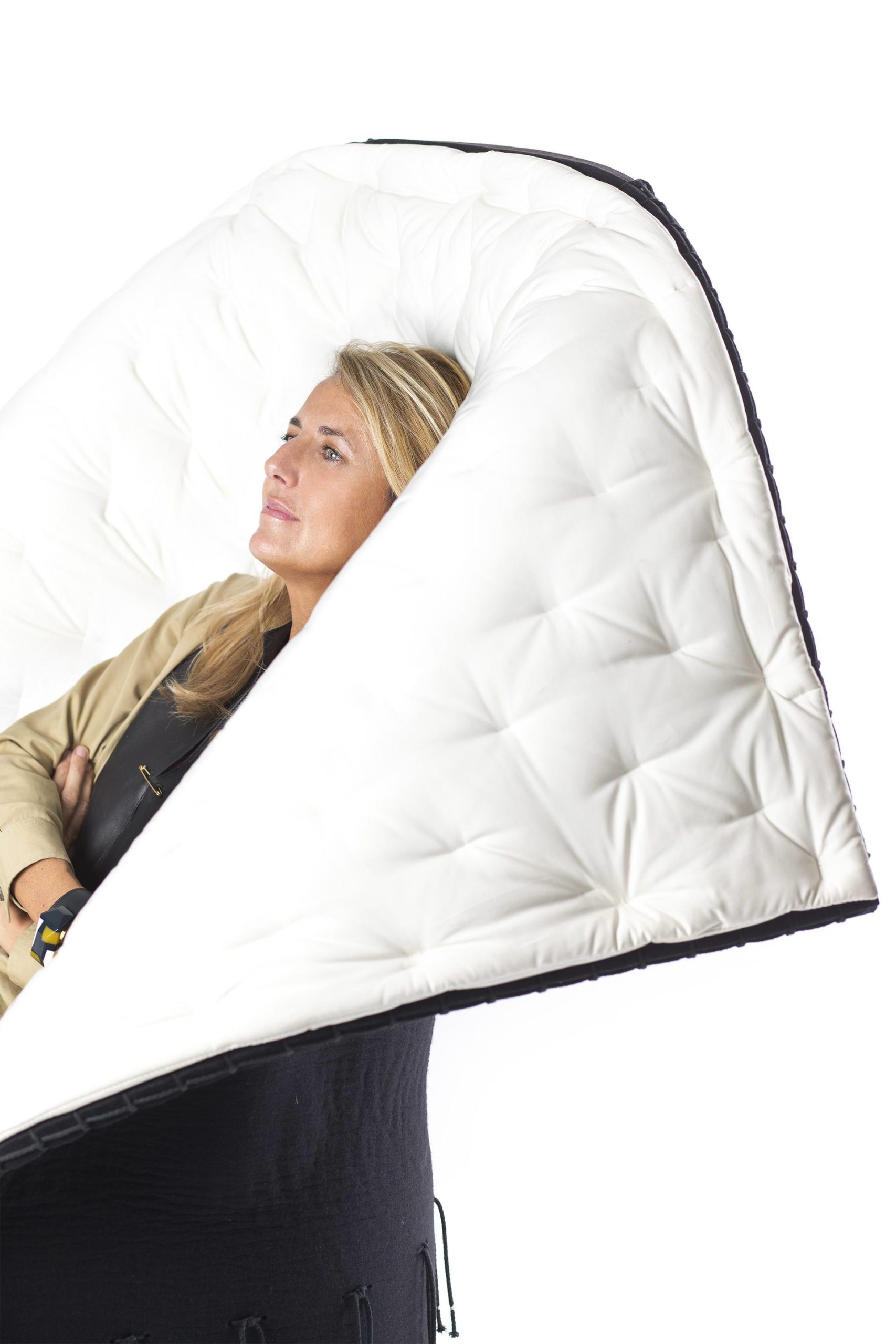 Courtesy of Cassina
Courtesy of Cassina
I decided I was going to do a kind of island, partly inspired by my travel, but it’s not only the trip; it’s always many things coming together in your mind.
I wanted to create an element for sitting that was more organic. So you can approach it from many sides visually. You can sit on the back, different angles, the sides. It was an exercise, really. I thought it was just a little thing, but people like it a lot and I’m happy about that. I wanted to do something that was part of my other areas of research—something more organic.
WW: You also debuted projects with Konstantin Grcic and, for the first time with Cassina, the Bouroullec brothers. Can you tell us about bringing in new designers to create furniture?
PU: We are now open to a lot of conversations with designers. I like the technique we got from the shelf by the Bouroullec brothers a lot. It came from a high-level research. I think we can enlarge the poetics of the company, by having more dialogues between the designers in relation with the heritage we have. And we’ve only just begun.






